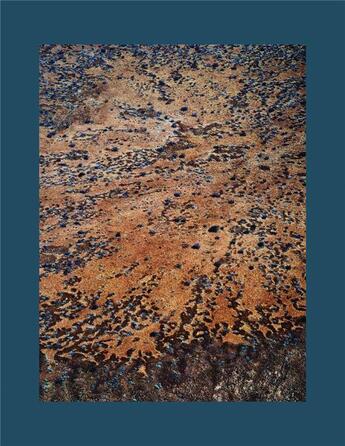-
Date de parution : 30/06/2022
-
Editeur :
Damiani
-
EAN : 9788862086721
-
Série :
(-)
-
Support :
Papier
Résumé:
The Skeleton Coast in Namibia has long been synonymous with the untamed and the other-worldly. It exists vividly in the dreams of surfers, who lust after its perfect, empty waves, and in the nightmares of sailors, some of whom ran aground in this inhospitable expanse of shift-ing dunes only to... Voir plus
The Skeleton Coast in Namibia has long been synonymous with the untamed and the other-worldly. It exists vividly in the dreams of surfers, who lust after its perfect, empty waves, and in the nightmares of sailors, some of whom ran aground in this inhospitable expanse of shift-ing dunes only to find themselves terrifyingly isolated, scattered among the bleached whale bones and shipwrecks, all long ago picked clean. Sometimes referred to as the "Gates of Hell" by Portuguese explorers, the Skeleton Coast has to this day has resisted settlement-much less development-and it is precisely this desolation-the raw and primal quality of the landscape-that captivated photographer Adrian Gaut. In his second monograph, Gaut has cultivated a unique approach to making pictures of this expanse of rugged beauty. The pho-tographs in this book, often bordering on the abstract, have all been made while traveling in a small, single-prop airplane between Swakopmund and points south.
Donner votre avis














